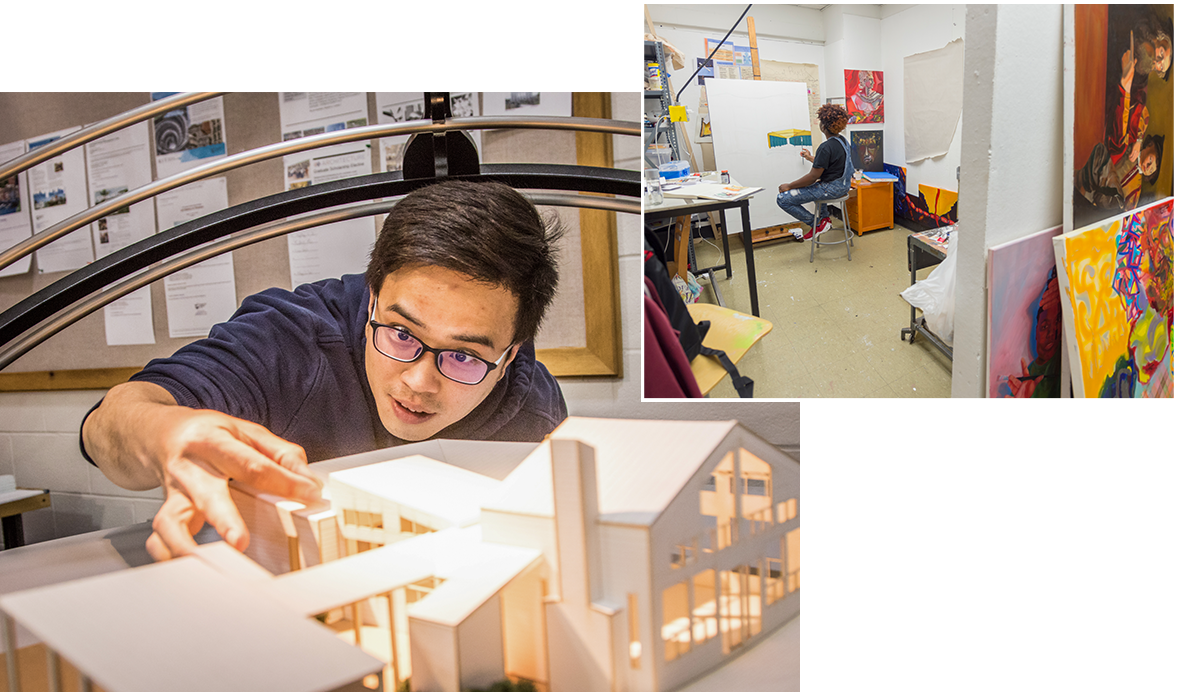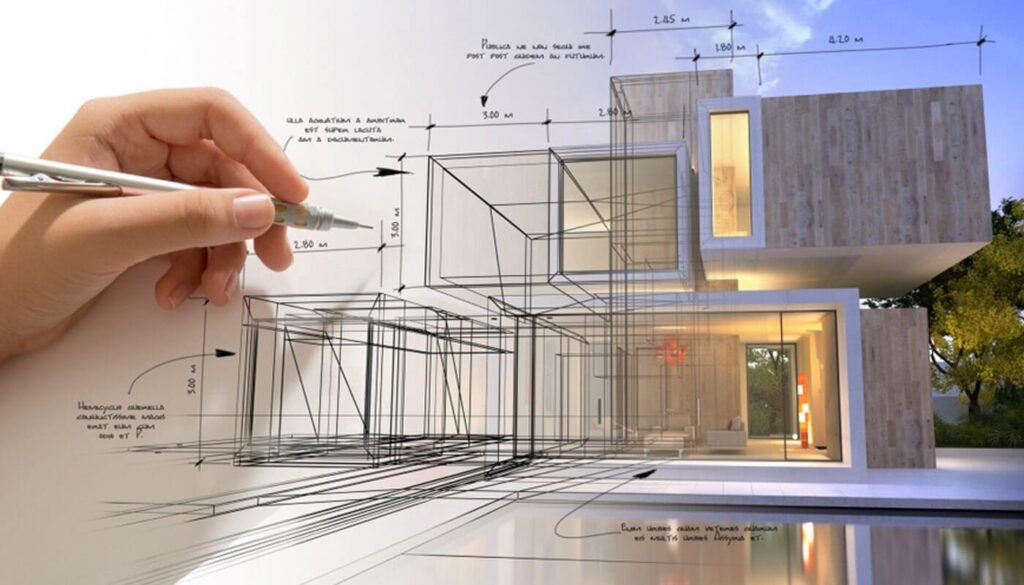The Vital Duty of an Engineer fit Lasting Urban Atmospheres for Future Generations
The role of a designer in crafting sustainable metropolitan environments is significantly essential in responding to the challenges of climate modification and urbanization. By effortlessly incorporating ecological concepts right into their layouts, engineers not just boost the aesthetic and useful high quality of urban rooms however additionally address pressing issues such as power performance and social equity.

Comprehending Sustainable Urban Layout
Sustainable city style incorporates environmental principles with city planning to develop atmospheres that are not only habitable yet likewise resilient. This strategy emphasizes the relevance of integrating all-natural systems right into the metropolitan fabric, making sure that development satisfies the needs of today without endangering the ability of future generations to fulfill their own demands. Crucial element of sustainable urban layout include effective land usage, the promotion of biodiversity, and the combination of eco-friendly areas, all of which add to boosted lifestyle for locals.
In addition, sustainable city style focuses on the decrease of the urban heat island impact, boosted air quality, and efficient stormwater monitoring. It encourages using renewable energies and energy-efficient structure methods, which considerably reduced carbon impacts. Sustainable urban design fosters social equity by producing easily accessible public spaces and promoting mixed-use advancements that cater to diverse populations.
Via thoughtful planning and ingenious style methods, lasting metropolitan atmospheres can improve neighborhood durability against climate change while fostering economic growth. This holistic approach not only addresses immediate urban challenges but additionally lays the groundwork for much healthier, extra lasting cities for generations to find.
Secret Responsibilities of Engineers
Designers play an essential function in shaping sustainable city settings by equating style principles into tangible structures and areas. Their duties include a variety of tasks that add to the overall success of urban layout tasks.
First and foremost, architects perform detailed website evaluations to comprehend the environmental, social, and social context of their projects. This foundational knowledge notifies their design decisions, making certain that structures integrate with their surroundings. cda architects. They additionally participate in joint procedures with stakeholders, including city coordinators, designers, and the area, cultivating an inclusive approach to metropolitan growth
In addition, architects are tasked with producing layouts that maximize power effectiveness, source conservation, and performance. They need to abide by regional zoning legislations, developing codes, and sustainability qualifications, making sure conformity while pushing the borders of advancement.
Moreover, designers are in charge of handling the layout process, collaborating with various specialists throughout the construction phase to make certain that the vision is realized precisely. Inevitably, their role is not exclusively concerning appearances; it has to do with producing durable, adaptive spaces that improve the lifestyle for existing and future generations, preparing for sustainable metropolitan living.
Innovative Products and Techniques
In the quest of eco responsible design, innovative materials and methods have actually become essential aspects in the development of sustainable metropolitan atmospheres. Engineers are increasingly utilizing materials that minimize environmental impact while enhancing power efficiency. Recycled products, such Website as reclaimed timber and repurposed metals, not only decrease waste yet also include distinct visual qualities to frameworks.
In addition, advancements in technology have actually brought about the advancement of high-performance materials, such as insulated concrete kinds (ICFs) and photovoltaic or pv glass, which add to energy conservation and harness renewable resource. cda architects. Methods such as passive solar design and environment-friendly roof coverings additionally exemplify how style can integrate with all-natural systems, decreasing reliance on fabricated heating & cooling
Furthermore, the integration of smart products, which adjust to environmental changes, supplies promising methods for enhancing building efficiency. These materials can reply to temperature variations or dampness levels, maximizing comfort and sustainability.
Inevitably, the calculated selection and application of cutting-edge materials and strategies equip designers to produce urban areas that are not just practical and cosmetically pleasing however also durable and eco accountable, ensuring a sustainable future for generations ahead.

Area Engagement and Collaboration
The success of innovative materials and methods in sustainable urban architecture is substantially improved by energetic area involvement and cooperation. Engineers have to identify that the constructed setting greatly influences the lives of neighborhood citizens, making it necessary to entail them in the layout procedure. Involving the neighborhood promotes a sense of possession and liability, ensuring that growths not just fulfill visual and practical requirements but also reflect the worths and desires of those that occupy them.
Collaboration with varied stakeholders-- consisting of city governments, ecological groups, and residents-- makes it possible for engineers to gather important insights and responses. This comprehensive method can lead to even more sustainable solutions that attend to specific neighborhood difficulties, such as availability, green rooms, and energy efficiency. In addition, by assisting in workshops and public discussion forums, architects can cultivate discussion and understanding, which eventually enriches the layout process.
Effective community engagement additionally helps in focusing on social equity within urban advancement. By considering the voices of marginalized populaces, engineers can create areas that are comprehensive and equitable. In this means, community interaction and cooperation end up being integral to accomplishing absolutely sustainable metropolitan settings that serve the needs of current and future generations.
Future Trends in Sustainable Design

In addition, advancements in technology are forming future fads in sustainable style. The combination of click to find out more wise materials and structure systems enables for real-time power administration, enhancing efficiency and decreasing carbon impacts. Developments such as green roof coverings, living walls, and energy-generating exteriors are ending up being basic practices, even more promoting ecological balance within city environments.
In addition, a shift towards biophilic layout is gaining grip, stressing the connection in between nature and human health. By incorporating natural environments, designers develop spaces that cultivate psychological health while advertising biodiversity.
Verdict
To conclude, designers are essential beforehand sustainable city environments with their knowledge in style, cutting-edge products, and community interaction. By focusing on power performance and source conservation, these specialists add to the creation of durable metropolitan rooms that fulfill the demands of existing and future generations. The integration of environmental concepts not just improves livability yet additionally fosters social equity, guaranteeing advancements resonate with the worths and ambitions of the communities they offer.